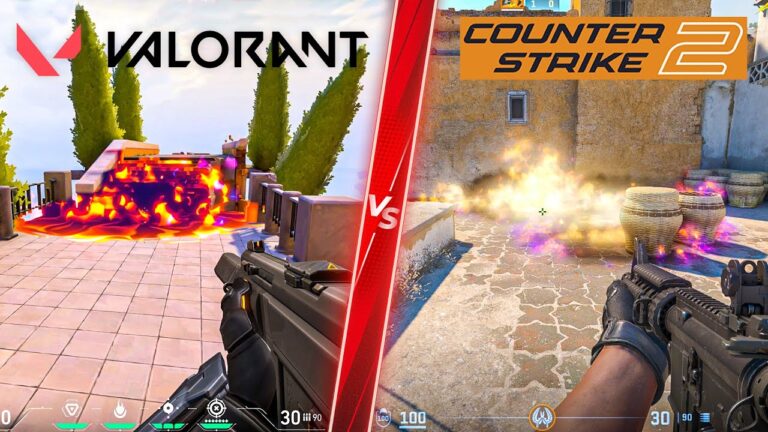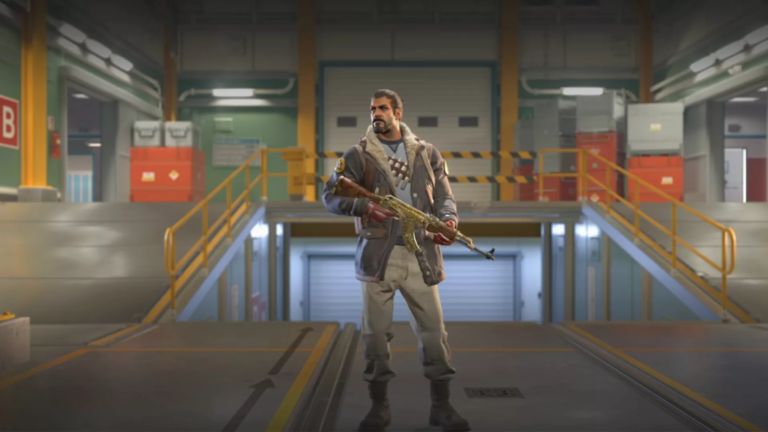CS2 Boost is not just a game it is a fascinating arena where players from all walks of life come together to test their skills and strive for victory. Behind the screen there is a complex world of player behavior influenced by psychology. In this article we will delve into the depths of CS2 Boost and explore the psychology behind player behavior shedding light on the motivations decision-making processes and psychological factors that shape the gaming experience.
Decision-Making Processes
In CS2 players constantly face decisions that can impact the outcome of a match. The psychology of decision making comes into play as players assess risks and strategize their next move. Factors such as cognitive biases risk aversion and the influence of emotions can all shape the decisions made during gameplay. Understanding these processes can provide insights into player behavior and the strategies they employ to gain an edge over their opponents.
Team Dynamics and Communication
CS2 Boost is a game that heavily relies on teamwork and communication. Analyzing player behavior within teams can uncover the dynamics that unfold in the pursuit of victory. From leadership roles to cooperation conflict resolution to effective communication the psychology of team dynamics plays a crucial role in determining the success or failure of a team. Exploring these dynamics can offer valuable insights into how players collaborate, adapt, and perform as part of a team in CS2 Boost.
Emotional States and Performance

Emotions play a significant role in player behavior and performance in CS2 Boost. The adrenaline rush of intense battles the frustration of defeat the satisfaction of victory—all these emotions can influence decision-making focus and overall gameplay experience. Understanding how emotions impact player behavior can shed light on how individuals cope with challenges deal with pressure and maintain optimal performance in high-stakes situations.
Player Engagement and Longevity
The psychology of player engagement is a critical aspect of understanding player behavior in CS2 Boost. What motivates players to continue playing? How do they develop a sense of attachment and investment in the game? Exploring concepts such as flow state, intrinsic motivation, and goal-setting can provide insights into how CS2 Boost captures players’ attention and keeps them engaged over time.
By examining the psychology of player behavior in CS2 Boost, we gain a deeper understanding of the human element within the game. Motivations decision-making processes team dynamics emotions and player engagement all contribute to the rich tapestry of player behavior in CS2 Boost. Through this exploration, we can appreciate the complexity of the gaming experience and the profound impact it has on individuals.
So step into the realm of CS2 Boost not only as a player but as an observer of the fascinating psychology that unfolds within. By understanding player behavior, we can enhance our own gaming experiences, build stronger teams, and cultivate a more inclusive and enjoyable environment for all who embark on the thrilling journey of CS2 Boost.
Motivation and Achievement
Motivation is a driving force that propels players in CS2 Boost. Whether it’s the desire to climb the ranks, improve their skills, or seek recognition, understanding these motivations provides insights into why players invest their time and effort into the game. Exploring the psychology of motivation helps us comprehend the underlying factors that contribute to players’ dedication and engagement in CS2 Boost.
Social Interaction and Team Dynamics
CS2 Boost thrives on teamwork and collaboration. Unraveling the psychology of player behavior within teams reveals the fascinating social dynamics at play. From communication styles to leadership roles, understanding how players interact and cooperate with one another sheds light on the factors that contribute to effective teamwork. By exploring these social dynamics, we can gain a deeper understanding of the power of collaboration in CS2 Boost.






